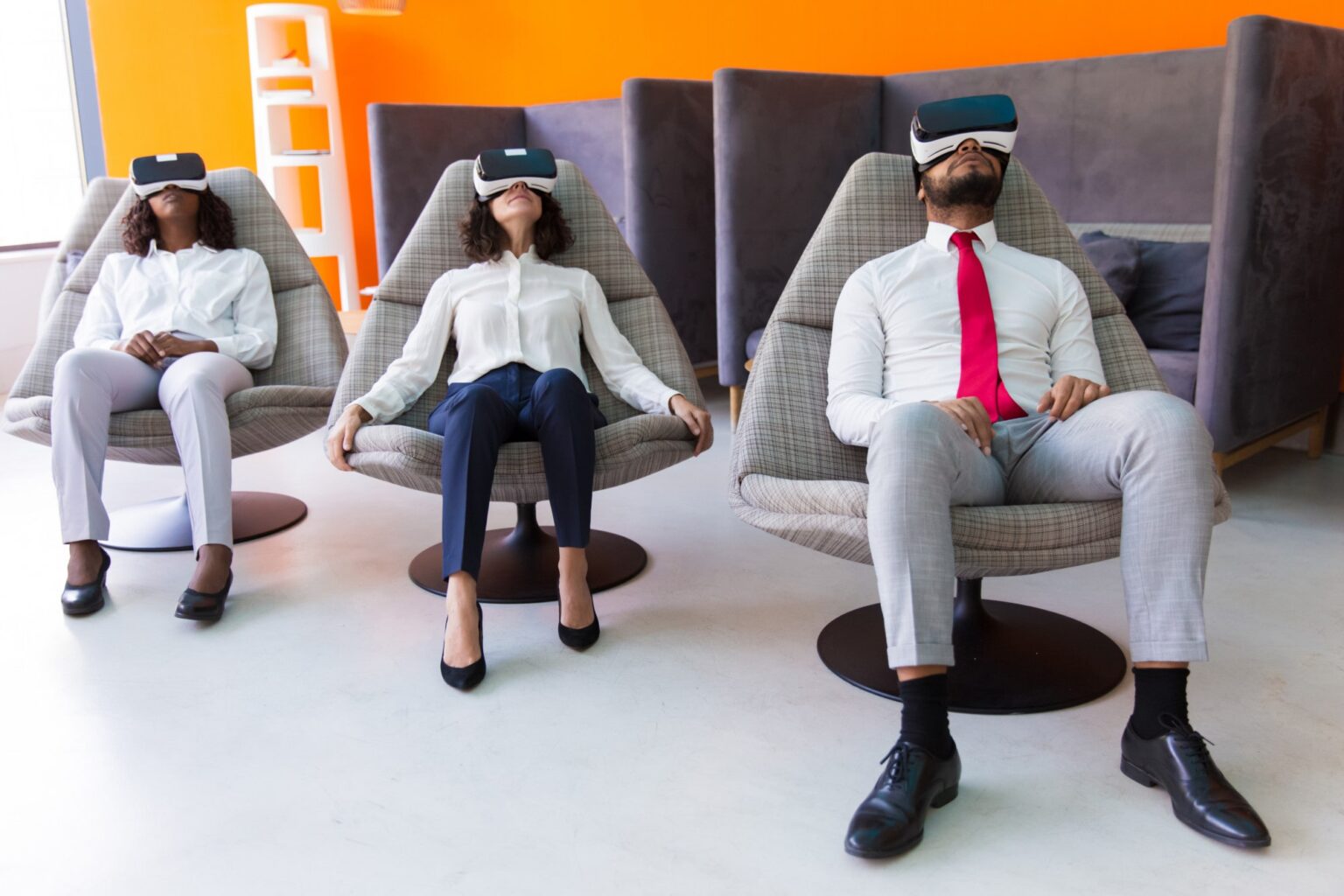Augmented Reality (AR) and Virtual Reality (VR) technologies are revolutionizing training and simulation across various industries. By creating immersive and interactive experiences, AR/VR enables realistic simulations, enhances skills development, and improves performance outcomes. Here’s how AR/VR is transforming training and simulation:
- Realistic Simulations: AR/VR provides realistic training simulations that replicate real-world scenarios. Trainees can practice skills and procedures in a safe and controlled virtual environment, allowing them to gain hands-on experience without the risks associated with traditional training methods. This immersive experience enhances learning retention and enables trainees to develop critical skills more effectively.
- Safety Training: AR/VR is particularly valuable in high-risk industries such as manufacturing, construction, and healthcare, where safety is paramount. Trainees can practice safety procedures, emergency response protocols, and hazardous situations in virtual environments. This training approach reduces the potential for accidents, improves safety awareness, and prepares individuals for real-life scenarios.
- Technical Skills Development: AR/VR enables trainees to acquire technical skills efficiently. Whether it’s operating complex machinery, performing maintenance tasks, or conducting laboratory experiments, trainees can practice and refine their skills in virtual environments. The interactive nature of AR/VR allows for real-time feedback, guidance, and performance assessment, leading to accelerated skills development.
- Remote Training: AR/VR facilitates remote training, enabling learners to participate in training programs from any location. Virtual training sessions can be conducted through immersive VR environments or AR overlays on real-world objects. Remote training reduces logistical constraints, travel costs, and time commitments, making it accessible to a wider audience and increasing training efficiency.
- Soft Skills and Social Interactions: AR/VR is not limited to technical training; it also facilitates the development of soft skills and social interactions. Trainees can practice communication, leadership, teamwork, and customer service skills in virtual scenarios that simulate real-life interactions. This immersive approach helps individuals build confidence, empathy, and effective interpersonal skills.
- Equipment Familiarization: AR/VR allows trainees to familiarize themselves with complex equipment and machinery. By overlaying digital information onto physical objects, trainees can learn equipment functionalities, operation procedures, and troubleshooting techniques. This hands-on virtual experience reduces the learning curve and enhances equipment proficiency.
- Medical and Surgical Training: AR/VR has transformative applications in medical and surgical training. Surgeons can practice procedures in virtual operating rooms, manipulate virtual organs, and experience surgical simulations that mimic real patient cases. Medical students can explore anatomy in three dimensions, perform virtual surgeries, and receive immediate feedback on their technique. AR/VR-based medical training improves skill acquisition, surgical precision, and patient safety.
- Cognitive and Behavioral Training: AR/VR supports cognitive and behavioral training by immersing trainees in interactive scenarios. For example, it can simulate customer service interactions, sales negotiations, or leadership challenges. Trainees can practice decision-making, problem-solving, and conflict resolution skills in a realistic yet controlled environment, preparing them for real-world situations.
- Performance Assessment and Analytics: AR/VR platforms provide performance assessment and analytics capabilities. Trainers can track trainee performance, collect data on actions and decisions made in virtual scenarios, and provide personalized feedback based on individual performance metrics. This data-driven approach enables targeted skills development, identifies areas for improvement, and enhances overall training effectiveness.
- Cost and Resource Efficiency: AR/VR training can be cost-effective and resource-efficient compared to traditional training methods. It reduces the need for physical training facilities, expensive equipment, and consumables. AR/VR training also minimizes the risk of damage or accidents during training and reduces the time required for skill acquisition.
AR/VR-based training and simulation are transforming skills development and performance improvement across industries. By providing immersive, realistic, and interactive



